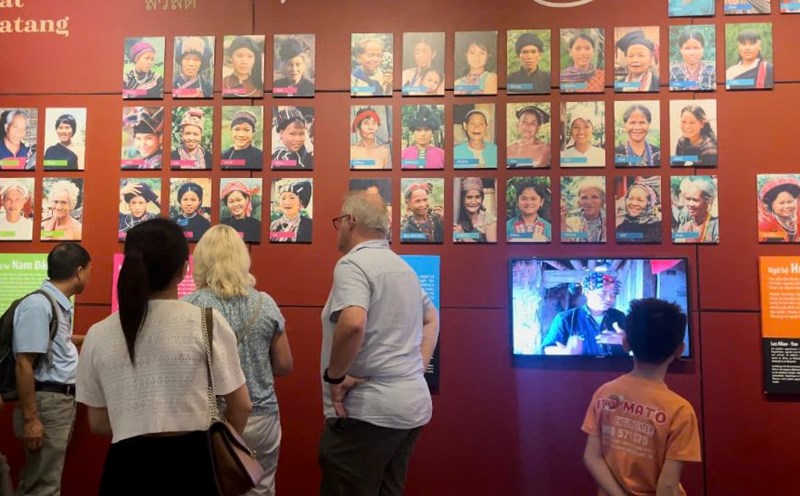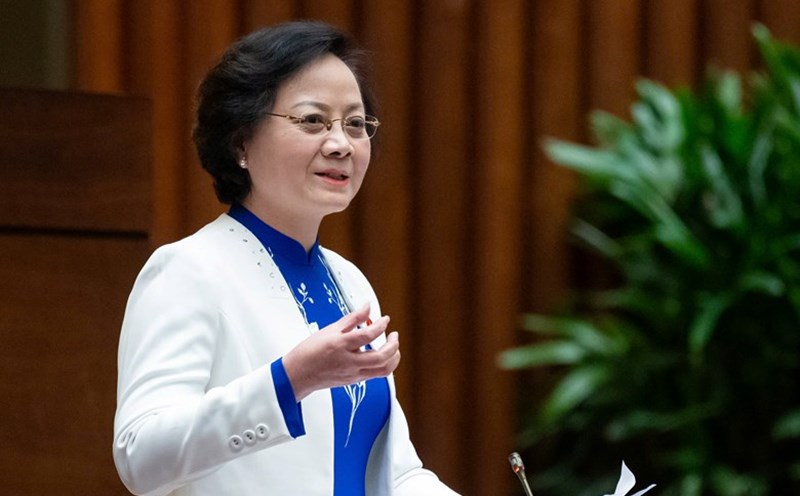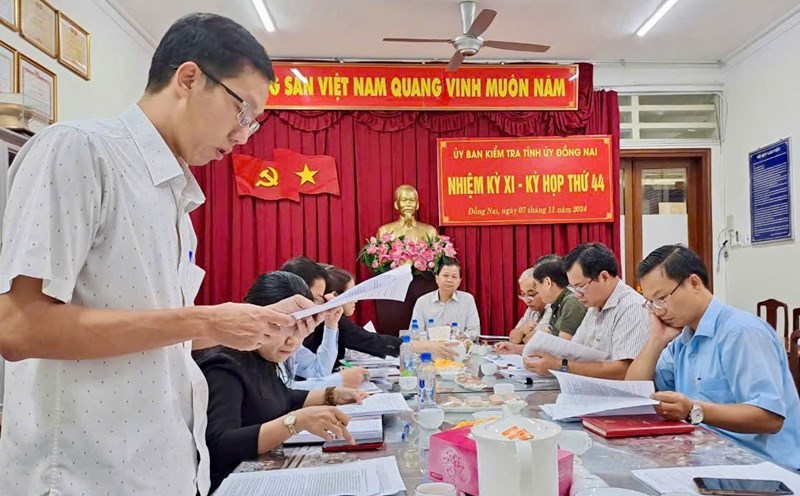Successful models in attracting tourists
The Vietnam Military History Museum, one of the largest museums in the country today, after nearly a week of officially opening to welcome visitors, is still crowded with people lining up to visit and experience. Joining the crowd of visitors to the museum, there are not only young people, students, but also many groups of veterans from far away places who have come here to relive a part of history.
It can be seen that the demand for visiting museums of Vietnamese people is very large, as the flow of people to the Vietnam Military History Museum seems to show no signs of stopping. This is a positive signal showing that Vietnamese people, especially the younger generation, are increasingly interested in learning about and preserving the country's cultural and historical heritage. The public's interest in the Vietnam Military History Museum is also an important reminder to State management agencies and other museums about the importance of investing in and developing cultural facilities.
Besides the Vietnam Military History Museum, there are many museums that have been attracting a stable source of tourists, becoming successful models, typical examples of the story "museums are not as dry as people think".
Quang Ninh Museum is an outstanding cultural work, deeply reflecting the cultural and historical identity of Quang Ninh province. The uniqueness and appeal of the museum is expressed through the design by the famous Spanish architect - Salvador Perez Arroyo. The museum has a modern and creative shape, inspired by coal, the black glass shell surrounding the building is like a giant mirror reflecting the image of Ha Long sea and sky. At the same time, the museum offers visitors a variety of sightseeing experiences when integrating modern technology in the display, helping the museum not only preserve heritage values but also renew the approach of visitors. In addition, regular cultural events have contributed to creating an attractive destination. Therefore, this is a museum that has pioneered the implementation of a 100% financial autonomy model, becoming the first provincial museum in Vietnam to achieve this success.
The Vietnam Museum of Ethnology is also a successful model in attracting tourists by focusing on building a vibrant cultural experience space. With diverse educational programs, the Vietnam Museum of Ethnology serves many different audiences, from students to researchers and international tourists. The unique outdoor exhibition area recreates the lives of ethnic minorities, giving visitors realistic and vivid experiences.
It is impossible not to mention the Da Nang Museum of Cham Sculpture, which stands out for its preservation of heritage values by introducing precious Champa sculptures. The artifacts themselves contain outstanding values in art, sculpture, and fine arts of an ancient civilization that once existed in Vietnam. This is not only a place for exhibition but also a center for Champa cultural research. The museum has established links with international research organizations, thereby enhancing academic values and facilitating educational activities on Champa culture. The museum's unique collection of artifacts is a valuable resource for researchers and those interested in this ancient culture.
Moving towards financial autonomy is an important step for museums to operate sustainably and independently. To achieve this, it is clear that the typical examples mentioned above have had a reasonable strategy and chosen a development model suitable to the actual situation of the unit. Optimizing operating costs through the use of technology and improving work processes is also an important means to help museums operate more effectively and attract visitors.
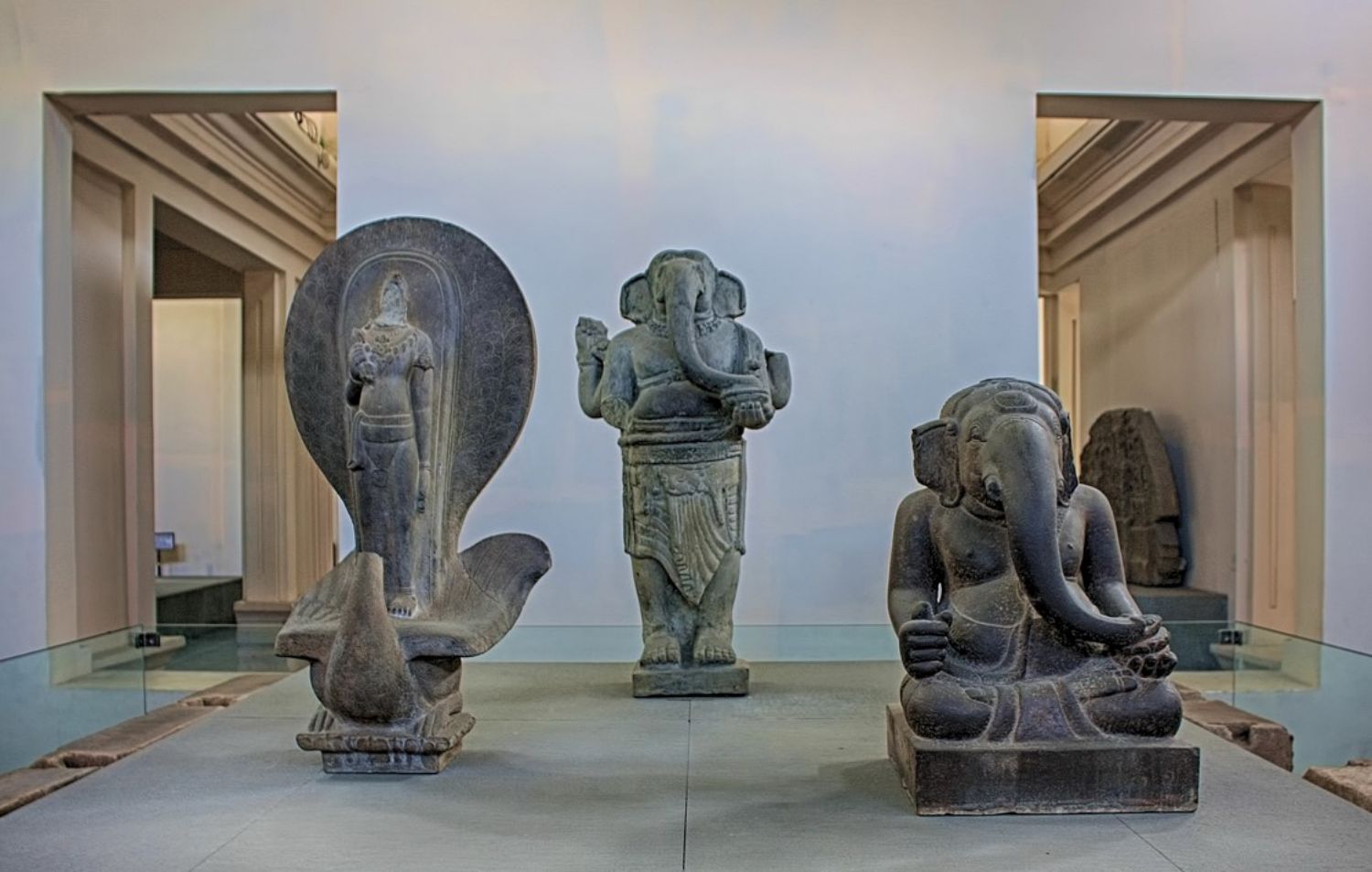
Comprehensive digital transformation in museum operations: A new direction for sustainable development
According to the draft Law on Cultural Heritage (amended), new tasks are added for museums. Clause d, Article 12, Chapter V, the draft Law stipulates that museums do not only stop at the function of collecting, preserving and displaying artifacts but also have the task of "interpreting, educating and communicating cultural heritage within the objects and scope of activities of museums". This trend reflects a fundamental change in the perception of the role of museums in contemporary society.
As digital technology dramatically changes the way many industries operate, the museum industry is no exception. Comprehensive digital transformation not only helps museums improve operational efficiency but also creates new experiences for visitors.
Digitizing museum resources is the first and most important step in the digital transformation process. Building a digital database of artifacts not only helps preserve and manage artifacts more effectively but also facilitates research and display. Museums can develop virtual reality displays, allowing visitors to explore collections remotely, regardless of time and space. Applying AR/VR technology to museum experiences will bring visitors vivid and realistic experiences, helping them better understand the cultural and historical value of artifacts.
Digital technology is opening up new possibilities in presenting and interpreting heritage. Pioneering museums such as the National Museum of History have deployed many exhibitions using 3D virtual reality technology, from Vietnamese Buddhist Cultural Heritage to Dong Son Culture. Or the Vietnam Military History Museum officially opened on November 1, YooLife also launched the museum's VR360 virtual space feature, helping people far away to experience online one of the most modern museums in Vietnam today.
Innovating the visitor experience
To attract and retain visitors, museums need to innovate their visiting experiences through the application of technology. Developing smart guide applications helps visitors easily learn about artifacts and exhibition areas. Integrating automatic multilingual guides will help museums serve a diverse range of international visitors. Creating a multidimensional interactive space where visitors can participate in hands-on experiences will enhance the appeal and engagement of the museum.
The Vietnam Military History Museum is not only a place to display historical war artifacts, but also opens up a lively space for experience and interaction, helping visitors gain a deeper understanding of the heroic struggle for independence of the Vietnam People's Army. Or when visiting the Vietnam Museum of Ethnology, visitors also have the opportunity to approach and explore Dong Ho painting printing activities, hand puppet performances, try on ethnic costumes, play traditional musical instruments... This is the way to innovate the visiting experience, so that the Vietnam Museum of Ethnology is always crowded with tourists, especially international visitors on weekends.
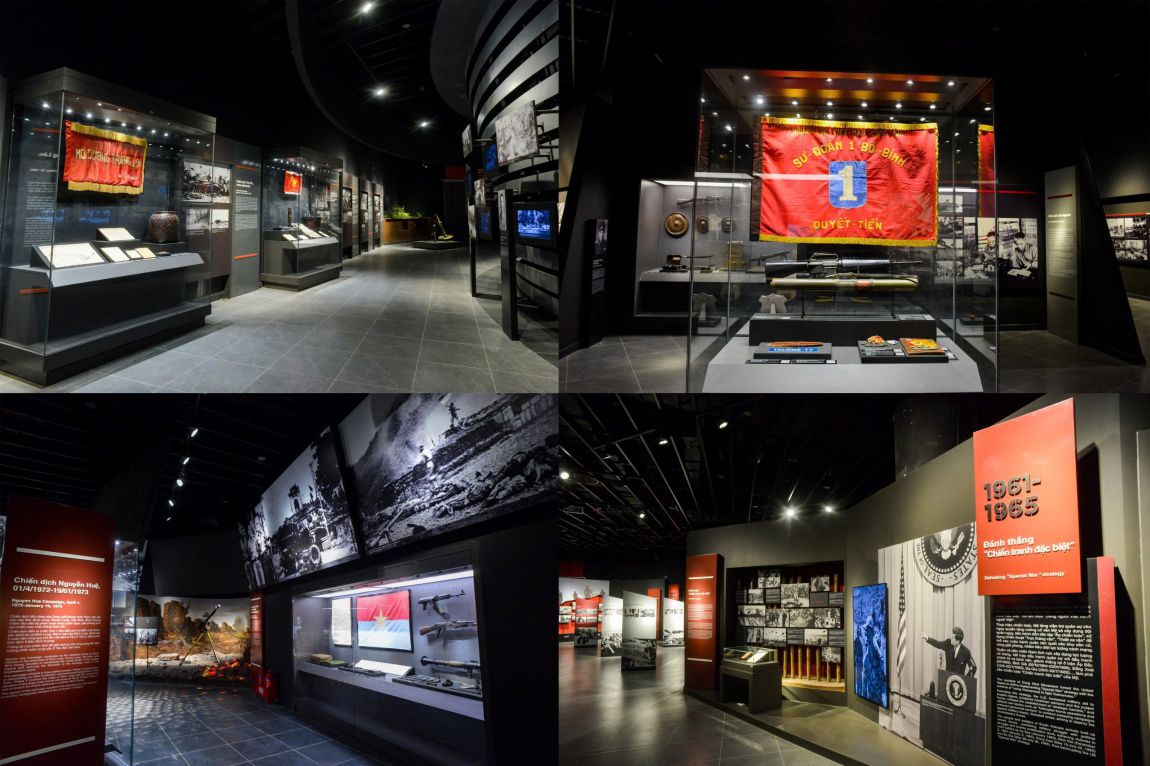
Lessons for future museum development
In the context of an increasingly developed society and constantly advancing technology, museums are facing challenges and opportunities to innovate and develop. Valuable lessons from museum models that attract visitors in Vietnam and advanced museums in the world will be an important guideline, helping Vietnamese museums not only better preserve historical and cultural values but also attract and interact effectively with the public. Applying creative and sustainable strategies will play a key role in shaping the future of museums, turning them into dynamic educational and cultural centers that meet the needs of the new generation.
Support from state management agencies is a key factor for museums to develop sustainably and effectively. First of all, it is necessary to perfect the legal framework for museum activities, ensuring consistency and conformity with the general development trend of the world. A clear and transparent legal framework will create favorable conditions for museums to operate and develop. In addition, building a suitable autonomy mechanism will help museums be more flexible in managing and using resources. State management agencies need to support investment in technology and training human resources for museums. The application of modern technology not only helps improve the efficiency of management and display but also creates new experiences for visitors. Training high-quality human resources, capable of using technology and having a deep understanding of the museum field, is an important factor to ensure the sustainable development of museums. At the same time, strengthening museum network connectivity will create a mutually supportive ecosystem, helping museums share experiences and resources, thereby improving the quality of operations and services.
Museums themselves also need to proactively develop long-term development strategies, clearly defining their goals and future directions. Improving management capacity is an urgent requirement for museums to adapt to the rapid changes of the digital age. To meet the increasingly diverse needs of visitors, museums need to diversify their products and services. Designing thematic tours, focusing on specific aspects of the collection, will give visitors a deeper and more in-depth look. Developing specific educational programs, targeting different groups of people such as students, students, or researchers, will help museums fulfill their educational role well. Organizing regular cultural events not only generates revenue but also helps museums become regular destinations for the public. Producing unique publications and souvenirs, bearing the museum's mark, will also contribute to promoting the image and cultural values of the museum.
Strengthening international cooperation is also an important direction for museums to expand their influence and learn from the experiences of foreign partners. International cooperation not only helps museums access new ideas and technologies but also creates opportunities to promote their image and cultural values to the world.
With the above orientations and solutions, the Vietnamese museum system can overcome challenges, seize opportunities to develop strongly in the new era, and make an important contribution to the cultural and tourism development of the country.
In the context of globalization and the continuous development of technology, museums are facing new opportunities and challenges. To maximize their potential, museums need support from many sides, including state management agencies, museums themselves and businesses. Only with consensus and close cooperation between all parties can museums maximize their potential, making an important contribution to the preservation and promotion of cultural heritage values, while creating new and attractive experiences for the public.


